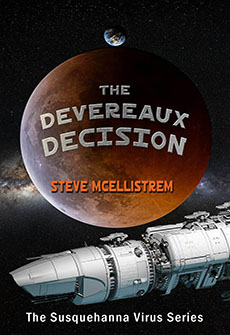We tend to think that we came out of an ice age about 12,000 thousand years ago, and it’s true that we were in a glacial period from 2.6 million to 11,700 years ago. That was known as the Quaternary or Pleistocene Glaciation and is considered a major ice age. Subsequently, we had what’s called a Little Ice Age, which began in the sixteenth century and reached its peak around 1750, before receding to where we are today.
We’re currently in an interglacial period, marked by receding glaciers, known as the Holocene, so even though it seems like we’re not living in an ice age, technically we still are. There are glaciers over Antarctica and Greenland, though they’re melting fast, at least by geologic time. They’re losing over 400 billion metric tons of ice per year – more than a billion tons a day.
Modern humans have been around for about 300,000 years, and the agricultural revolution (which enabled humans to move from hunter-gatherers into settlements that eventually became what we think of as civilization) took place beginning around 12,000 years ago, when the climate became more stable, allowing for farming and writing and larger communities.
So modern humans have only ever existed during an ice age, while modern societies have really only existed for about the past 6,000 years. This means that we are ice age people. We’ve never existed outside of an ice age, but it’s possible we’re going to experience that in the next few centuries.
Of course, it’s always possible we’ll come up with some sort of technological fix to mitigate the damage from the increasingly chaotic weather cycles we’re already experiencing. Carbon net-zero energy production; solar geoengineering; carbon capture and storage; all these options and more could be used to try to solve the problems we’re going to face.
And we’re going to face problems.
We’re already seeing bigger storms and wildfires, bigger droughts and floods. Sure, it’s hard to tie any single event to climate change, but the vast number of these catastrophic impacts can only be explained by our changing environment. “Normal” is being displaced by “abnormal.”
For a while, plants might do better with the increased carbon dioxide in the air – as long as the temperature doesn’t get too high, and as long as the fields don’t flood or experience drought. But eventually the high level of CO2 will harm the plants. They’re already becoming less nutritious and that trend is likely to continue.
The growing seasons are changing; the migrations and migration patterns of animals are changing; the certainty that once defined the seasons is now vanishing; and the jet stream is weakening, as is the Atlantic Meridional Overturning Circulation (ocean currents that circulate warmer and colder water to keep the climate stable). All these conditions will lead us to greater chaos.
We likely won’t exit this ice age for another century or more, but regardless of when it officially ends, each decade is going to get less predictable. The assumptions we used to be able to make about the physical world are going to have to be revisited and revised. The planet will do fine. And some species will benefit while others will lose out.
Humans, as one of the species that has never existed outside an ice age, will almost certainly be one of the losers. And although it’s almost certainly too late to stop much of the damage, we can still mitigate the harm if we’re willing to make sacrifices – consuming less of everything, especially energy. Unfortunately, I don’t see that happening anytime soon.
